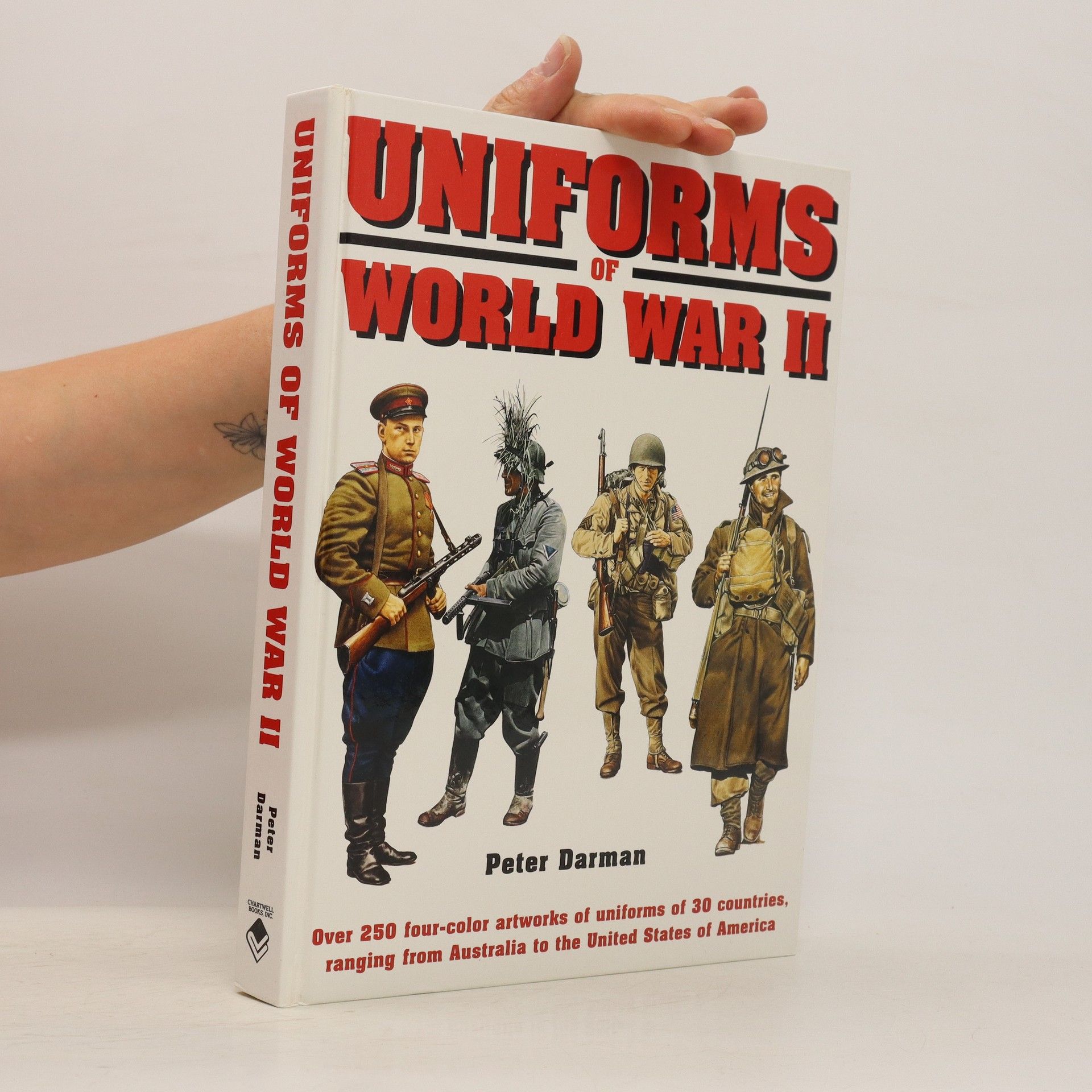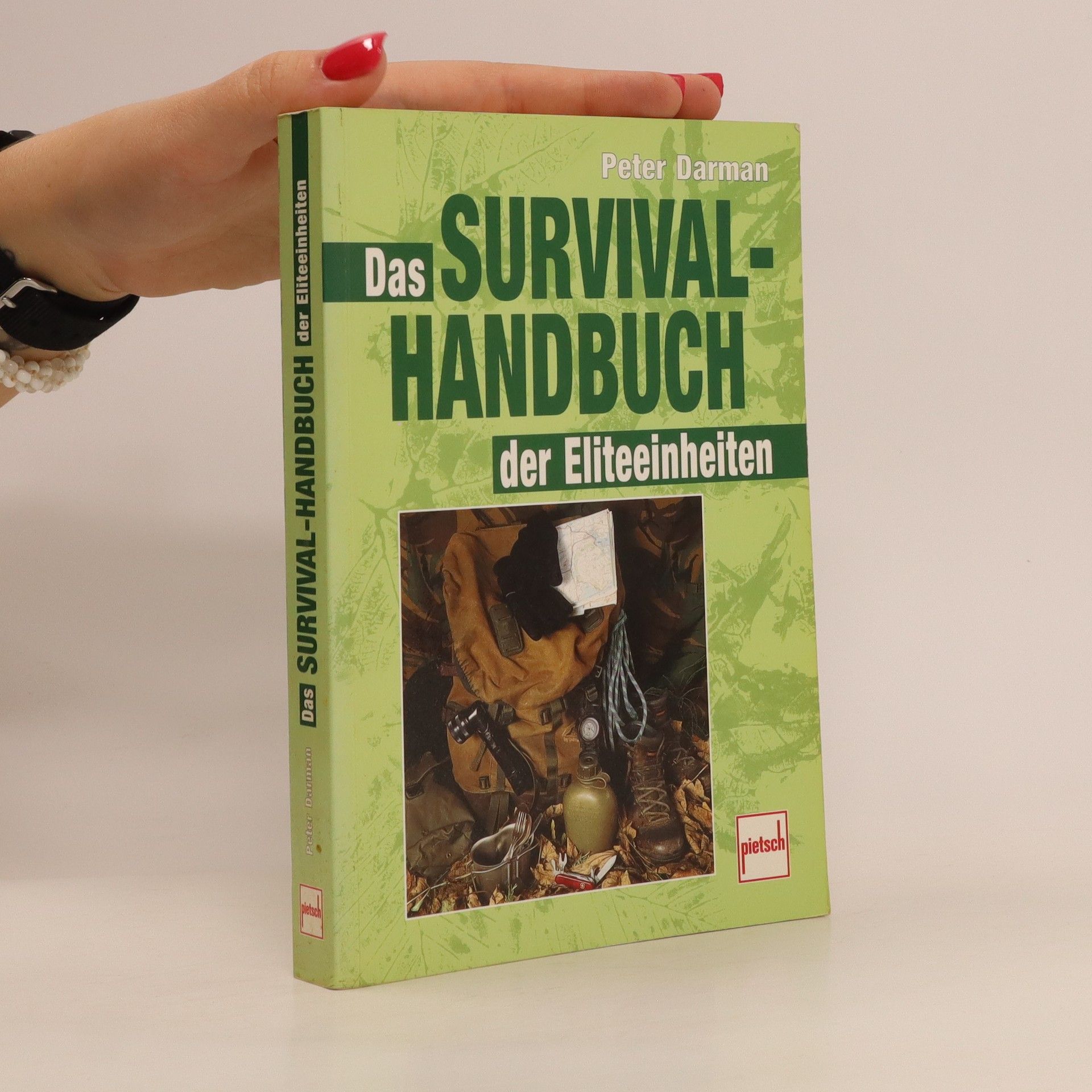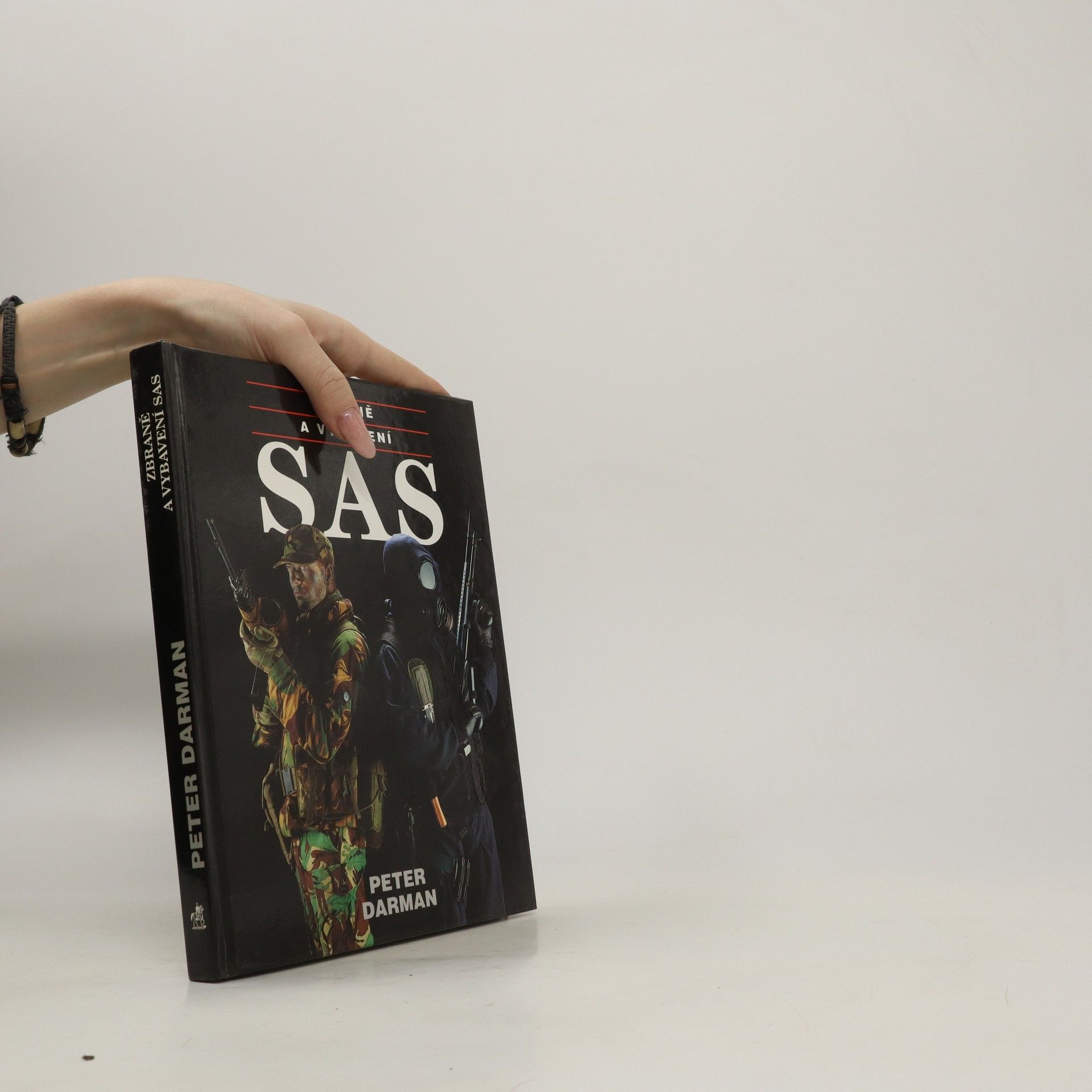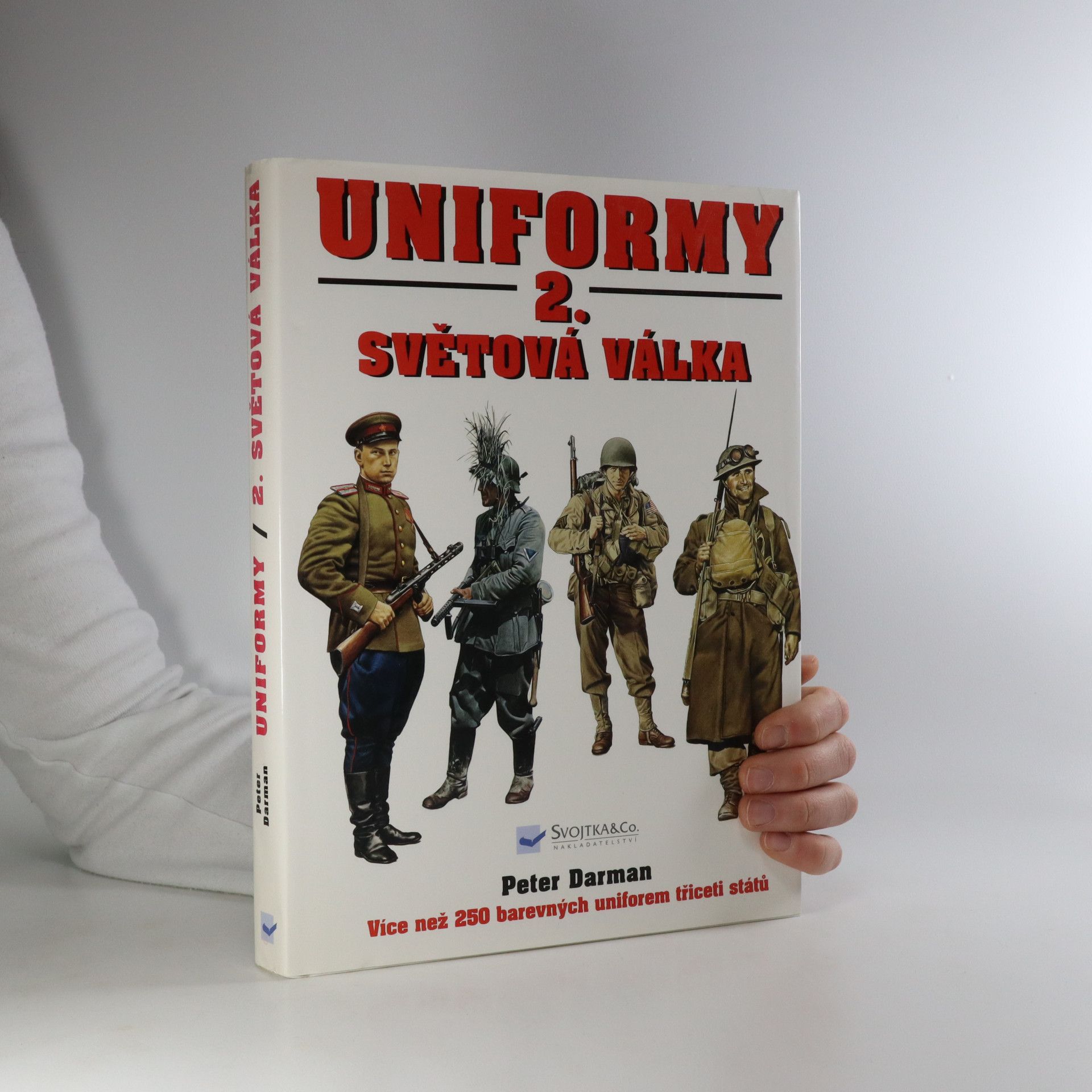Über 30 Länder waren an den Kampfhandlungen des Zweiten Weltkriegs beteiligt, die sich in den unterschiedlichsten Klimaten zutrugen - von den eisigen Weiten Rußlands über die hitzeflimmernden Wüsten Nordafrikas bis zu den dampfenden Tropenwäldern Südostasiens. Die Soldaten mussten auch unter widrigsten Bedingungen noch in der Lage sein, ihren Auftrag auszuführen, und so wurde für Männer wie Frauen eine enorme Vielfalt an Bekleidung und Ausrüstung entwickelt. Von der pelzgefütterten Winterjacke, die vor der mörderischen Kälte der Ostfront schützen sollte, bis hin zum locker sitzenden Tropenhemd oder dem gefleckten Tarnanzug, der dem Soldaten half, mit seiner Umgebung zu verschmelzen, gibt dieses Werk mit über 280 Farbabbildungen einen weltweiten Überblick über die Uniformen, die Ausrüstung und Bewaffnung der Heere, Marinen und Luftwaffen des Zweiten Weltkriegs. Der Verfasser stellt die Uniformen nach Ländern geordnet vor, wobei prägnante Begleittexte die Abbildungen erläutern. Eine stichwortartige Kurzbeschreibung gibt zusätzlich Auskunft über Zeitpunkt, Truppenteil, Dienstgrad, Kriegsschauplatz und Einsatzraum der dargestellten Figur.
Peter Darman Bücher
Dieser Autor taucht tief in die Militärgeschichte ein, angetrieben von seiner Faszination für Prinz Ruprecht von der Pfalz, seine Generalität und Kavallerie während des englischen Bürgerkriegs. Seine akademischen Studien in Geschichte und internationalen Beziehungen legten den Grundstein für sein starkes Interesse an militärischen Angelegenheiten. Nach seinem Universitätsstudium, das umfangreiche Recherchen in renommierten Archiven umfasste, wechselte er in eine Redaktionsfunktion bei einem kleinen Verlag, was schließlich den Beginn seiner eigenen schriftstellerischen Laufbahn markierte.






Each naval weapon system is accompanied by a specifications table that lists dimensions, weights, performance and warhead details. Over 50 tactical diagrams how
Uniforms of World War II
- 288 Seiten
- 11 Lesestunden
This book is an illustrated collection of 260 of the most interesting and distinctive uniforms worn by troops on land and sea, and in the air, in mankind's greatest war. The many different varieties of badges and rank insignia of each national army are also shown and described in detail. Grouped together by country, each entry is illustrated with a large, full color artwork which shows the uniform to maximum effect. Each artwork is accompanied by a description of what the figure is wearing and why, and the typical weapons and any other equipment he would have carried. Each entry has a specifications box which gives the date, unit, rank, theater, and exact location of the uniform illustrated. Many of the artworks are based on famous individuals who fought in the war, and any interesting and 'personal' adaptations to the uniforms are shown. Both the artworks and the text have been carefully researched, making this book a unique and fascinating collection of the military clothing worn by the armies, navies, and air forces of the world between 1939 and 1945.
Uniformy 2.světová válka
- 288 Seiten
- 11 Lesestunden
Tato kniha je obsáhlou studií o uniformách používaných vojáky za druhé světové války. Pomocí výstižných barevných obrázků jsou zde popsány nejen samotné uniformy, jejich výroba, materiály a jejich vzájemné odlišnosti, ale také různé barvy, lemování, vyznamenání a hodnostní označení nošená na hrudi, ramenou či límci a mnohé další zajímavosti.
Jak přežít v extrémních podmínkách
- 252 Seiten
- 9 Lesestunden
Rady, které poslouží cestovatelům do exotických zemí. Kniha je rozdělena do tří dílů: Základní poučení, Zlatá pravidla, Přírodní síly a živly. V duchu hesla, že štěstí přeje připraveným je třeba znát základní užitečné rady, jak si počínat v nečekaných životních situacích : jak rozdělat oheň bez zápalek, jak navigovat či signalizovat. Právě takové rady sesbíral Peter Darman. Čerpal například z příruček určeným elitním vojenským jednotkám Spojených států, Kanady nebo Velké Británie. Z anglického originálu, vydaného nakladatelstvím Brown Packaging Books Ltd, London přeložil Ing. Bruno Cempírek. Vydání první.
SAS. Zbraně a vybavení
- 192 Seiten
- 7 Lesestunden
Vojáci Special Air Service (SAS) musí provádět mnohem rozmanitější akce než příslušníci jakékoliv jiné jednotky. Pro splnění těchto pestrých úkolů potřebují rozsáhlý soubor vybavení. Kniha Zbraně a vybavení SAS je obsažným průvodcem tímto vybavením i způsoby jeho využití v akci. Nejznámější charakteristikou SAS je mistrovské ovládání zbraní. Kniha Zbraně a vybavení SAS přináší výčet všech ručních i podpůrných zbraní, které vojáci SAS používali od roku 1941. Navíc zahrnuje množství typů letadel, člunů a vozidel, sloužících k přepravě vojsk SAS, stejně jako údaje o spojovacích prostředcích a veškerém dalším pomocném vybavení, které používají muži s okřídlenou dýkou ve znaku. Kromě přehledu taktickotechnických dat ukazuje kniha také, jak se tyto zbraně a výstroj osvědčily v boji, a všímá si těch jejich vlastností, které jsou nezbytné pro plnění určitých úkolů.
Ako prežiť v extrémnych podmienkach
- 255 Seiten
- 9 Lesestunden



